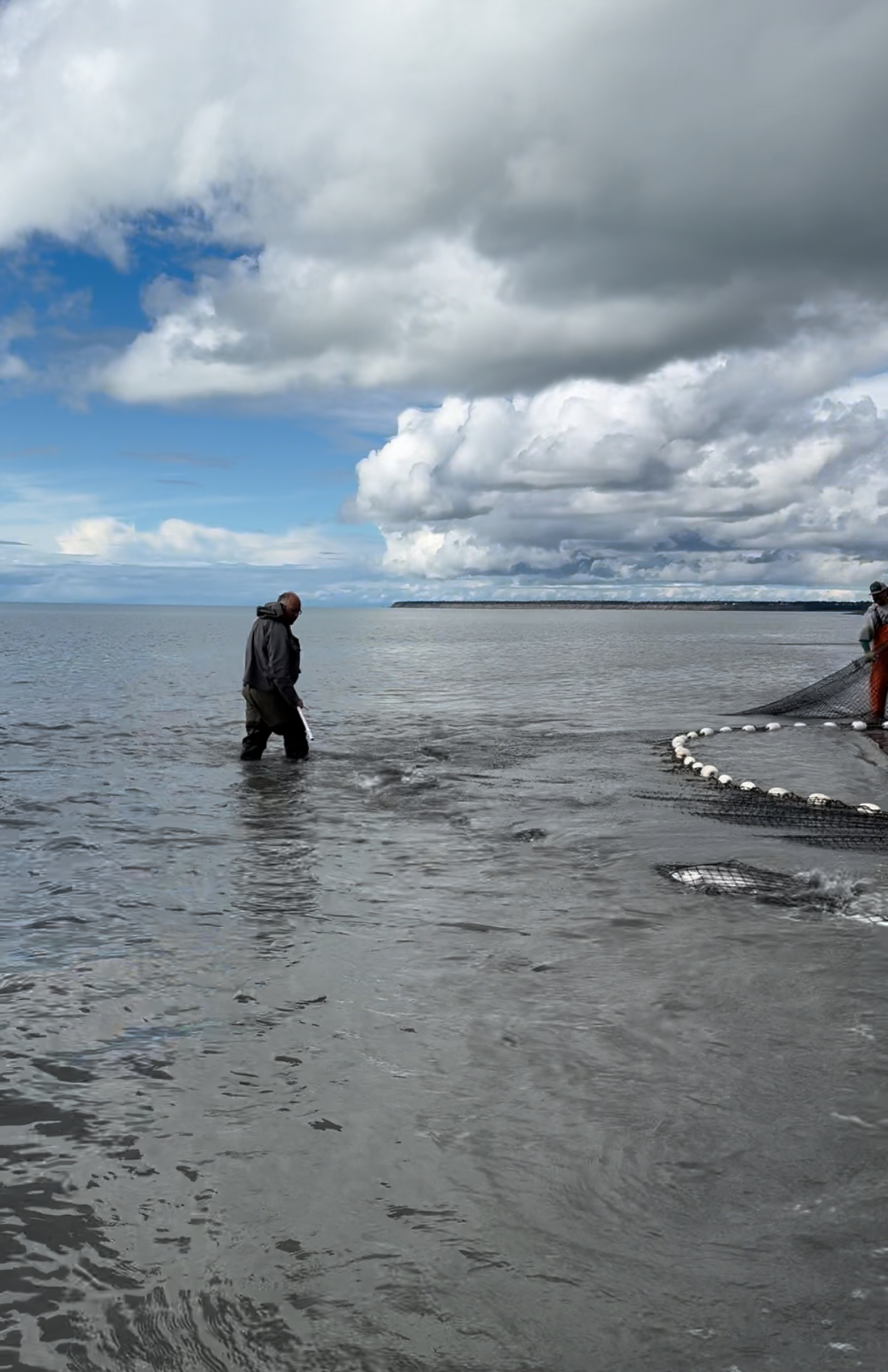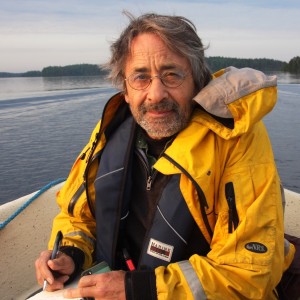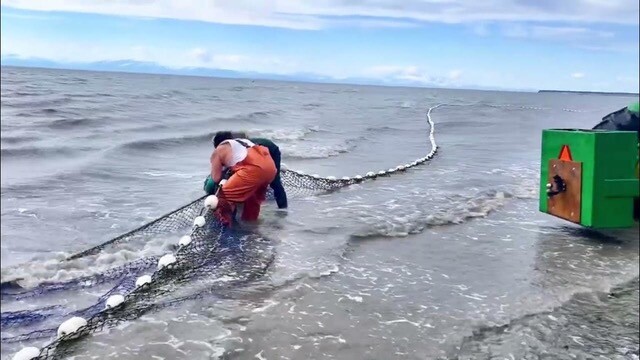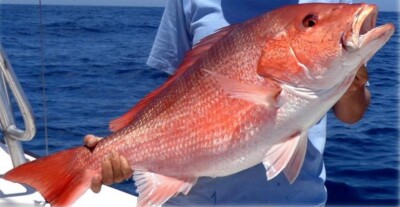A few Cook Inlet setnetters thought that a type of beach seining would allow them to harvest abundant sockeye stocks without killing Chinooks. But at its March 2025 meeting, the Alaska Fisheries Board (ABF) refused to let them utilize the gear without more testing.
"They’re moving the goal posts on us,” said Lisa Gabriel, who, along with her husband Brian, has been developing and testing the gear.
The challenge the Gabriels and other Cook Inlet setnetters face is that they are prohibited from fishing with their gillnets until Chinook salmon escapement on the east side of the Inlet reaches 14,250 — a threshold set at the March 2024 ABF meeting, where the board also urged stakeholders to find a way to harvest sockeye without harming Chinook.
“Last year, escapement was around 7,000,” said Lisa. “We have not fished in two years. This year, we are expecting a return of 6.9 million sockeye, and all we are allowed is dipnets.”
Last year, the Alaska Department of Fish and Game (ADF&G) issued the Gabriels and one other setnetter permits to experiment with beach seines. The Gabriels engineered a way to haul the seine out from shore, envelope the salmon, and haul it back in without the use of a boat and without removing the Chinooks from the water.
“The board wanted data,” said Brian. “We proved that we could get the Chinooks out unharmed. The only salmon we pulled onto the shore were the ones we intended to harvest.”
At the March 2025 meeting, the Gabriels presented the board with a 33-page report by Robert Begich, a former ADF&G biologist, listing every fish that was caught, size, species, and its final disposition. “All the Chinooks were released in the water, we just roll them over the corks,” said Brian.
But at the meeting, Brian noted that the board wanted more data on mortality, and more data on how the gear will work in other areas. “They want data on every beach,” he said.

Three members of the ABF proposed allowing the use of beach seines if gillnets were banned, catching the Gabriels off guard. “We are proposing an alternative gear for an existing fishery, but they are treating it as a new fishery,” said Brian. “There are 420 setnetters on the east side, and only 15 of us were at the meeting, so we had to withdraw our request. It would not be fair to the others if set gillnets were banned.”
The Gabriels said that another board member told them in no uncertain terms that he was putting them on notice that they wanted gillnets out of Cook Inlet.
Last year, the Gabriels and the other setnetters testing the gear spent thousands of dollars and many hours building the nets, experimenting, and paying observers, but they were able to sell the fish they caught to recover some of those costs. “This year, they did not give us cost recovery,” said Brian. “So, we can only collect data. We can’t sell our fish.”
The Gabriels are now actively searching for available grants or funding to help offset the cost associated with continued testing.
The next ABF meeting for the region is in 2027, when the Gabriels and others will present more data. “We’ll keep working on it,” said Brian. “We’ll keep working on our beach and go to the other beaches.”







